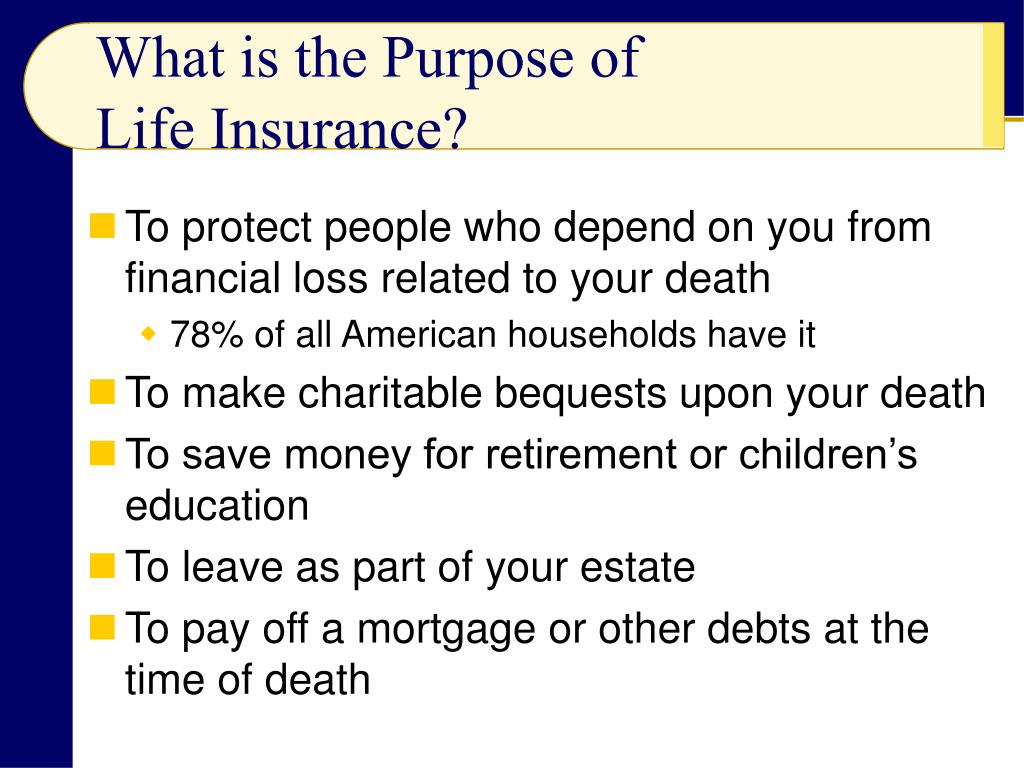Pacific Prime Can Be Fun For Anyone
Wiki Article
Examine This Report on Pacific Prime
Table of ContentsAll About Pacific PrimeA Biased View of Pacific PrimeSee This Report about Pacific PrimeThe Only Guide to Pacific Prime
In many states, the insurance firm is called for to send you a duplicate of the changes to your policy. It is essential that you review Endorsements or Cyclists so you recognize how your policy has altered and if the policy is still ample to satisfy your requirements. To get a duplicate of your insurance coverage plan, please call your insurance policy representative or business.
The Institute of Medication (IOM) Board on the Effects of Uninsurance launches an extensive examination of evidence that addresses the importance of medical insurance coverage with the magazine of this report. Insurance coverage Matters is the very first in a series of 6 reports that will be issued over the following two years recording the reality and consequences of having an estimated 40 million people in the United States without medical insurance coverage.

Not known Facts About Pacific Prime
The objective of this series of research studies is to redouble policy interest on a longstanding issue. Complying with the longest financial expansion in American history, in 1999, an estimated one out of every 6 Americans32 million adults under the age of 65 and even more than 10 million childrenremains uninsured (Mills, 2000).
Ten percent of the populace represent 70 percent of health and wellness care expenses, a correlation that has continued to be consistent over the previous 3 years (Berk and Monheit, 2001) - international travel insurance. Hence medical insurance continues to serve the feature of spreading out threat also as it significantly funds routine care. From the point of view of health treatment providers, insurance policy carried by their individuals aids safeguard a profits stream, and neighborhoods gain from economically sensible and secure health care practitioners and institutions
Federal government provides health and wellness insurance to populations whom the private market might not offer effectively, such as disabled and seniors, and populations whose accessibility to healthcare is socially valued, such as children and expectant women. The ultimate ends of medical insurance coverage for the individual and areas, including office neighborhoods of staff members and employers, are improved health and wellness outcomes and lifestyle.
Our Pacific Prime Statements
Staff members rate medical insurance initially by much in value among all the advantages offered in the workplace (Salisbury, 2001). Although there have actually been large financial investments of individual and public funds to supply medical insurance, many individuals still have no insurance coverage. In spite of extensive reporting of survey findings and wellness treatment study results, the public stays overwhelmed and misinformed about Americans without medical insurance and the implications of doing not have coverage.
Without inquiry, the intricacy of American healthcare funding systems and the wealth of resources of info contribute to the general public's confusion and apprehension regarding health insurance coverage data and click now their interpretation. This record and those that will comply with purpose to distill and offer in conveniently reasonable terms the considerable study that bears upon questions of wellness insurance protection and its value.
Fifty-seven percent of Americans surveyed in 1999 thought that those without health and wellness insurance are "able to obtain the care they require from doctors and hospitals" (Blendon et al., 1999, p. 207). In 1993, when nationwide focus was concentrated on the troubles of the without insurance and on pending health treatment regulation, simply 43 percent of those surveyed held this belief (Blendon et al., 1999).

They also obtain less preventative solutions and are much less likely to have regular look after chronic problems such as high blood pressure and diabetes. Chronic conditions can bring about costly and disabling issues if they are not well handled (Lurie et al., 1984; Lurie et al., 1986; Ayanian et al., 2000). One national study asked even more than 3,400 grownups about 15 highly serious or dark conditions.
An Unbiased View of Pacific Prime
Extra proof is presented later on in this phase in the conversation of insurance coverage and accessibility to wellness care. https://pacificpr1me.wordpress.com/2024/04/03/pacific-prime-your-gateway-to-comprehensive-international-health-insurance-solutions/. Individuals without wellness insurance policy are young and healthy and choose to do without coverage. Almost fifty percent (43 percent) of those evaluated in 2000 thought that people without medical insurance are more probable to have illness than people with insuranceCitizens and plan manufacturers in focus team discussions define those without insurance policy as young people that have the possibility to be covered and feel they do not need it (Concierge Novelli, 2001). Compared to those with at the very least some personal coverage, the uninsured are much less likely to report remaining in outstanding or very excellent health (Firm for Health Care Research and Top Quality, 2001).
SOURCE: Center for Price and Financing Researches, Agency for Health Care Research and High quality, based upon MEPS data. Young grownups in between 19 and 34 are even more likely to do not have medical insurance than any type of various other age. This is mainly due to the fact that they are less usually eligible for employment-based insurance because of the nature of their work or their brief tenure in it.
The perception that individuals without insurance have better-than-average wellness adheres to from confusing the fairly young age account of the without insurance with the better health, on standard, of younger individuals. This covers the link in between health status and medical insurance. For those without accessibility to work environment medical insurance, inadequate health is a potential barrier to purchasing nongroup insurance coverage because such coverage may be highly priced, exclude pre-existing problems, or be simply inaccessible.
Report this wiki page